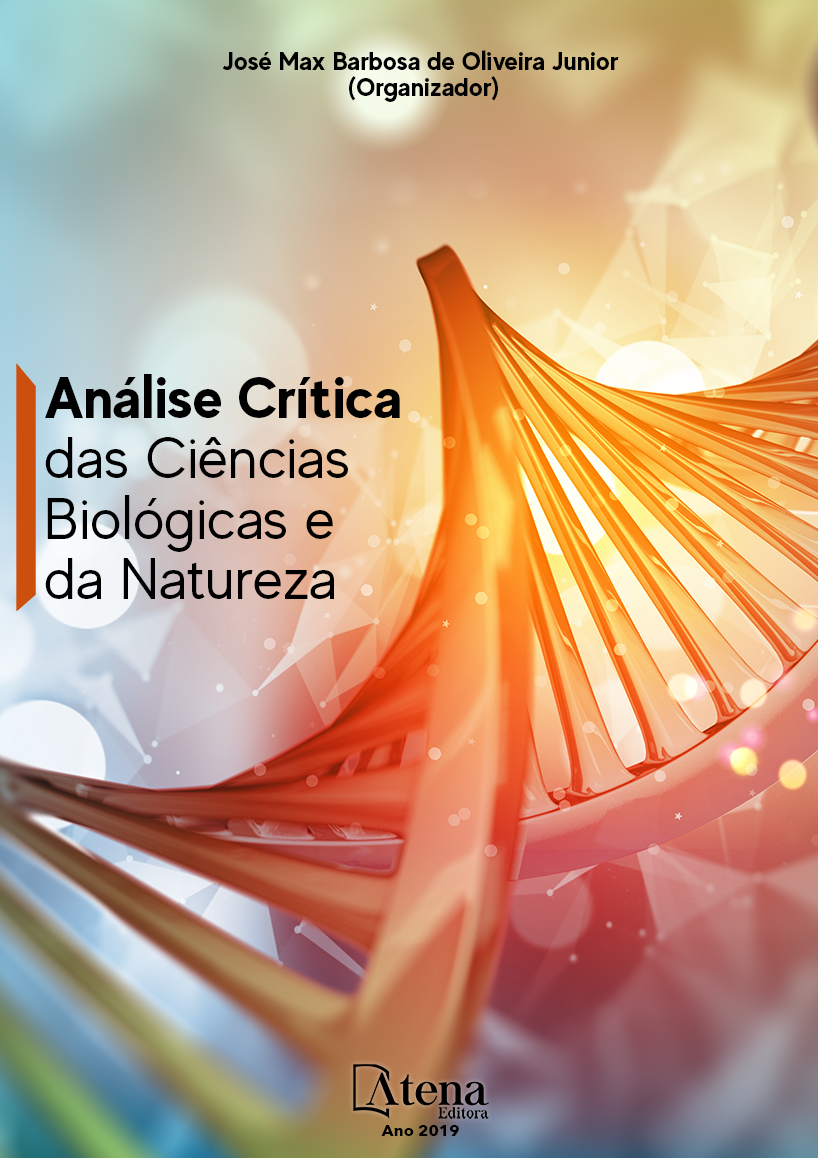
PRODUCTION AND STABILITY OF LIPASE AND PECTINASE PRESENT IN AGROINDUSTRIAL RESIDUES
Atena
PRODUCTION AND STABILITY OF LIPASE AND PECTINASE PRESENT IN AGROINDUSTRIAL RESIDUES
-
Palavras-chave: Atena
-
Keywords: enzymes; stability; agroindustrial residue.
-
Abstract:
Nowadays the reuse of agroindustrial
residual has been outstanding in the scientific
scenario by the aggregation of value and by the
reduction of damages to the environment. Part
of this residue are seeds of fruits and vegetables
that usually have as final destination manure
or animal feed. Among these residues are the
seeds of mangaba, pumpkin, avocado and bark
of avocado. The production of enzymes such
as lipase and pectinase have been studied
being extracted directly or using these residues
as a substrate for fermentative processes.
The objective of this study was to evaluate
the presence of these enzymes in natural
residues as well as their stability. The residues
were triturated and buffer was added for the
extracts to be produced. The extracts obtained
were subjected to lipase and pectinase activity
analyzes and the enzyme stabilities were
checked after 2 hours at room temperature. The
residues with the highest lipase activity were
avocado seed and mangaba seed respectively
(9.05 and 8.69 U / ml). The pumpkin seed also
had an activity value close to the previous ones
about 5.05 U / ml, whereas the avocado peel
the activity of the lipase obtained was 1.43 U
/ ml much lower than the activities present in
the seeds studied , thus showing that, for these
residues, the enzyme concentration is higher
in the seed than in the shell. For the pectinase
activity the values obtained were closer
between the residues studied and the highest
was about 0.056 U / ml for the pumpkin seed.
The enzymatic extracts analyzed showed a
stability of about 50% within the time studied.
We conclude, however, that these residues in
natural, having presented enzymatic activity,
can be used for future studies in the production
of enzymes such as lipase and pectinase being
an alternative for the use of the same.
-
Número de páginas: 15
- Carlos Eduardo de Araújo Padilha
- Murilo Ricardo do Nascimento Arrais
- Maria Cecília Bezerra Caldas
- Everaldo Silvino dos Santos
- MILLENA CRISTIANE DE MEDEIROS BEZERRA JÁCOME


